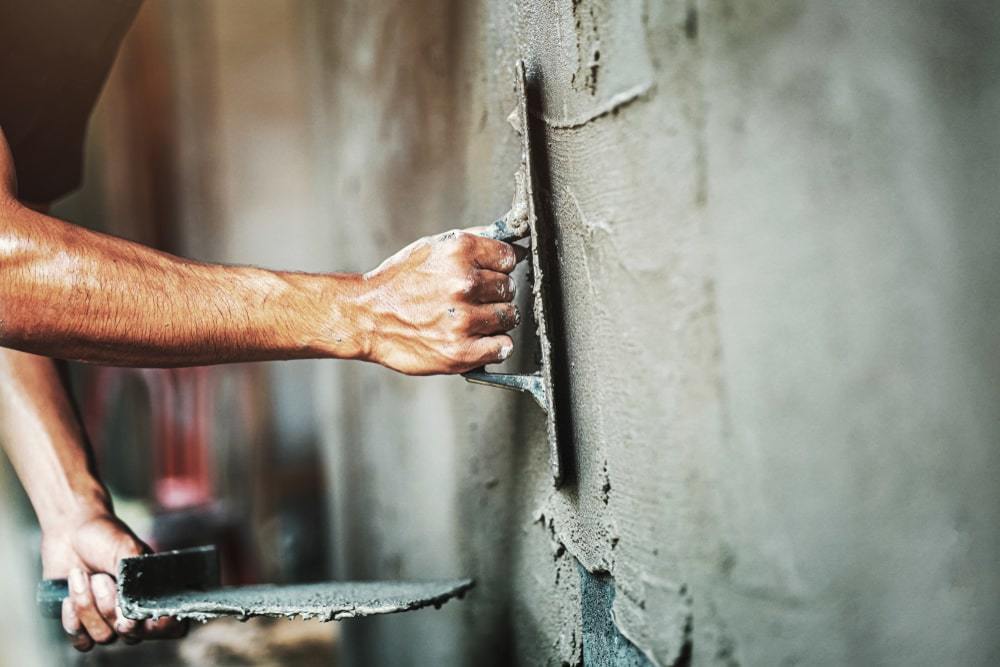
Before cement use became common in Iran, Iranian reservoirs were coated with mortar. Mortar, which was made from lime water and oven ash powder, had the properties of aqueous mortars. The reason for the plaster to harden was that there was some hollow silica in the ash of the stove, which combined with lime and was converted to calcium silicate. With the arrival of Portland cement in Iran, those involved in construction and construction works used Batard cement mortar, which used Portland cement, powder or paste or mortar of hydrated lime and sandy soil containing significant amounts of silt and clay. This mortar met many executive requirements in the field of construction work. Unfortunately, despite the problems that arose in the supply of hydrated lime and the weaknesses that occurred in the field of training and entry of non-specialists to the stage, this mortar was forgotten. In Iran, the issue of special mortars for construction and production of construction cement was raised using one part of Portland cement and two parts of round lime. Masonry cement in Iran was prepared for the first time in Fars factory according to the national standard and was produced industrially. But after a while, its production stopped. After the failure of the first experiment, no other factory has started to produce cement, and the reason is that no specific organization, institution or ministry has provided a proper policy in this regard.
The nature of construction works includes non-concrete constructions such as bricklaying, porcelain stone in foundations and walls, tiling, facade with stone and facade bricks, cementing, lining and facade. Therefore, the mortar used in these works must be able to hold water to the desired level and its setting time is long. These properties are important because the setting time of mortar from masonry cement is much longer than ordinary Portland cement. Due to the ability to store water in building cement mortar, evaporation from its surface is practically low in hot and dry climates. Mortar flow is maintained for a long time due to these two properties and can be easily worked with the relevant mortar. Also, the need to add water to lubricate it over time is less felt, so the consumer does not have to work with cement that has reached the setting stage. In practice, this mortar does not suffer from reduced strength and durability in performance, and despite the relatively low strength of this mortar, it will eventually have more resistance than other mortars containing Portland cement. In many parts of the country, ordinary pressure bricks are used, which absorb more than 30% of water and require mortars with high water holding capacity. Therefore, mortar containing masonry cement with the ability to retain water is the only mortar suitable for using this type of brick.
